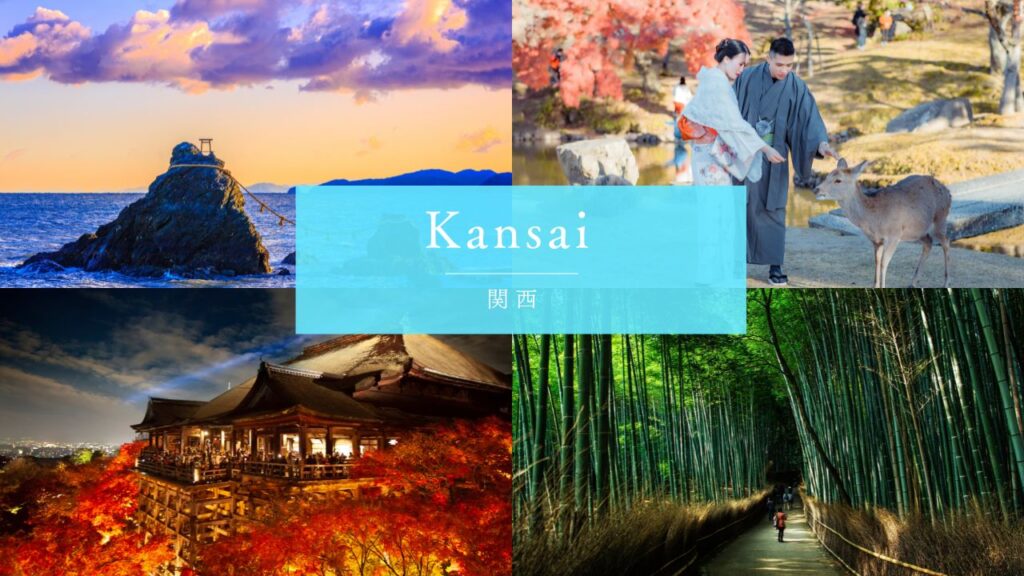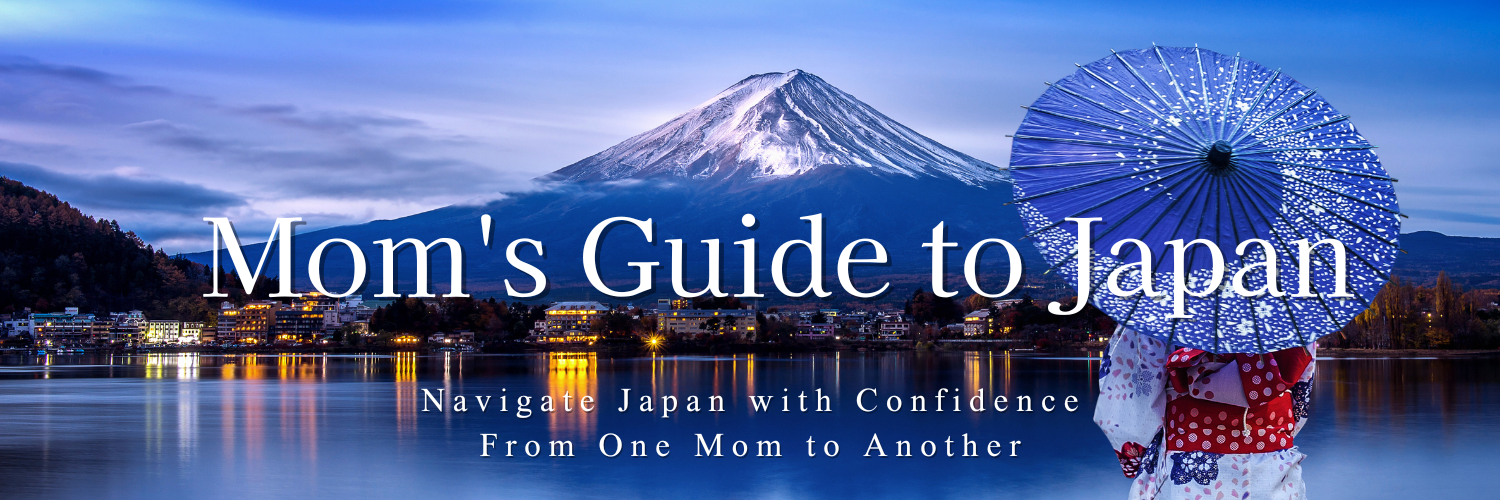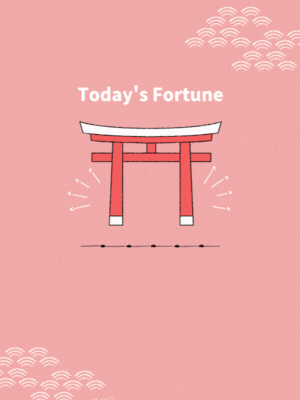Heartland of History and Culture in the Ancient Capital

Tourism in the Kansai region is composed of seven prefectures: Osaka, Kyoto, Hyogo, Nara, Shiga, and Wakayama, each with attractive tourist spots.
Osaka
Osaka serves as the vibrant commercial heart of the Kansai region, offering a perfect blend of modern entertainment and historical landmarks. Universal Studios Japan draws millions of visitors annually with its immersive themed attractions. Osaka Castle stands as a proud symbol of the city’s historical significance, while the futuristic Kaiyukan Aquarium showcases marine life from around the Pacific Rim. The lively Dotonbori district pulses with energy day and night, famous for its dazzling neon signs, street food culture, and the iconic Glico Running Man sign. Visitors to Osaka can also explore the traditional Osaka Central Fish Market, historic Shitennoji Temple, and the panoramic views from the Umeda Sky Building’s Floating Garden Observatory.
Kyoto
Kyoto, Japan’s former imperial capital for over a thousand years, preserves the essence of traditional Japanese culture with its remarkable collection of temples, shrines, and gardens. The magnificent golden pavilion of Kinkakuji Temple reflects beautifully in its surrounding pond, creating one of Japan’s most photogenic scenes. Kiyomizu Temple offers a wooden stage with panoramic views of the city and its iconic pure water falls. The seemingly endless vermilion torii gates at Fushimi Inari Shrine create mystical tunnels up the sacred mountain. Arashiyama captivates visitors with its bamboo grove, scenic river, and monkey park. Other highlights include the rock garden at Ryoanji Temple, the Philosopher’s Path, Nijo Castle, and the traditional geisha district of Gion where visitors might glimpse these living cultural treasures.
Hyogo
Hyogo Prefecture offers remarkable diversity, from historic castles to cosmopolitan port cities and natural retreats. Himeji Castle, known as the White Heron Castle, stands as Japan’s most spectacular and best-preserved feudal castle, designated as a UNESCO World Heritage site. Kobe Harborland combines shopping, dining, and entertainment along the city’s waterfront, while nearby Nankinmachi represents one of Japan’s largest Chinatowns. Mount Rokko provides hiking trails and spectacular views across Kobe city and Osaka Bay. Kinosaki Onsen epitomizes the traditional Japanese hot spring town experience, with its willow-lined canals and seven public bathhouses. Visitors can also explore the sake breweries of Nada, the art island of Awaji, and the historic Kobe beef district.
Nara
Nara, Japan’s first permanent capital, emanates ancient charm with its extraordinary concentration of historic treasures and friendly sacred deer. Todaiji Temple houses the Great Buddha (Daibutsu), one of Japan’s largest bronze Buddha statues within the world’s largest wooden building. Kofukuji Temple features a distinctive five-story pagoda that has become a symbol of the city. Kasuga Grand Shrine is famous for its bronze lanterns and the atmospheric stone lantern-lined path leading to it. The ancient Horyuji Temple complex (sometimes referred to incorrectly as Ikaruga Temple) contains some of the world’s oldest wooden structures. Visitors can also enjoy Nara Park’s free-roaming deer, considered divine messengers, the Isui-en Garden, and the traditional merchant houses of the Naramachi district.
Shiga
Shiga Prefecture centers around Japan’s largest freshwater lake, Lake Biwa, which shapes the region’s culture, cuisine, and natural beauty. The lake offers recreational activities from cruises to water sports throughout the seasons. The picturesque Hachiman-bori Canal runs through the historic castle town of Omihachiman, lined with traditional white-walled storehouses. Hikone Castle represents one of only twelve original Japanese castles that survived the feudal era intact, featuring beautiful gardens and a panoramic view of Lake Biwa. Other attractions include the floating torii gate at Shirahige Shrine, the ancient Buddhist temples of Mount Hiei, and the distinctive lake-based cuisine featuring freshwater fish like funazushi (fermented carp).
Wakayama
Wakayama Prefecture combines spiritual heritage with stunning natural landscapes and coastal attractions. Mount Koya (Koyasan) serves as the headquarters of Shingon Buddhism, where visitors can experience temple stays (shukubo) and explore the atmospheric Okunoin Cemetery with its ancient cedar trees and thousands of moss-covered tombstones. The dramatic Nachi Falls, Japan’s tallest single-drop waterfall, cascades next to the vermilion Seigantoji Temple, creating an iconic scene of natural and spiritual harmony. Adventure World attracts families with its unique combination of zoo, aquarium, and amusement park, famous for its panda breeding program. Shirahama offers white sand beaches, natural hot springs overlooking the Pacific Ocean, and distinctive rock formations along the coastline. The Kumano Kodo pilgrimage routes, recognized as UNESCO World Heritage, wind through the prefecture’s mountainous interior, connecting sacred sites with breathtaking natural scenery.
The Appeal of the Kansai Region
The Kansai region stands as Japan’s cultural and historical heartland, where traditional arts, craftsmanship, and architectural wonders have flourished for over a millennium.
Home to more UNESCO World Heritage Sites than any other region in Japan, Kansai offers visitors an unparalleled journey through Japanese history from ancient temples to feudal castles and merchant districts.
The region delivers extraordinary diversity within a relatively compact area, allowing travelers to experience bustling urban centers, serene mountain temples, coastal hot springs, and traditional countryside villages all within convenient traveling distance.
Kansai’s distinctive culinary culture ranges from Osaka’s hearty street food to Kyoto’s refined kaiseki cuisine, with regional specialties like Kobe beef, Uji matcha, and fresh seafood from the Seto Inland Sea.
The region’s festivals, traditional performing arts, and distinctive dialect reflect the spirited and expressive character of its people, providing a cultural experience that complements the rich historical landscape.


